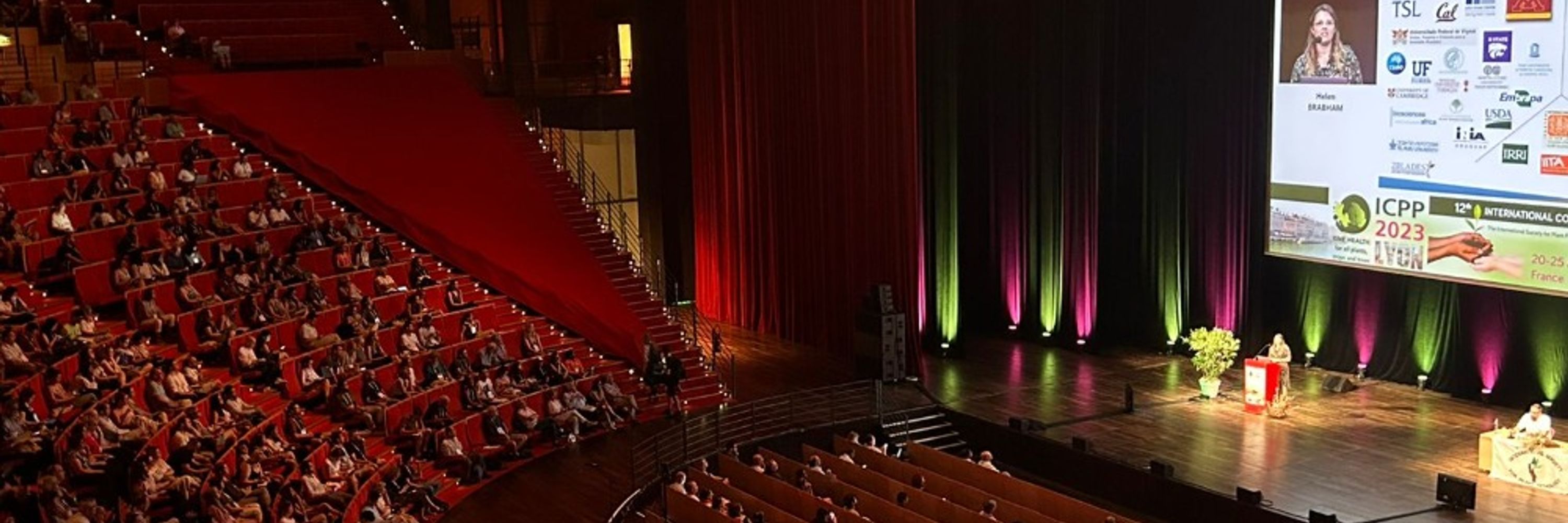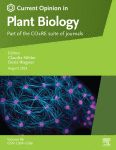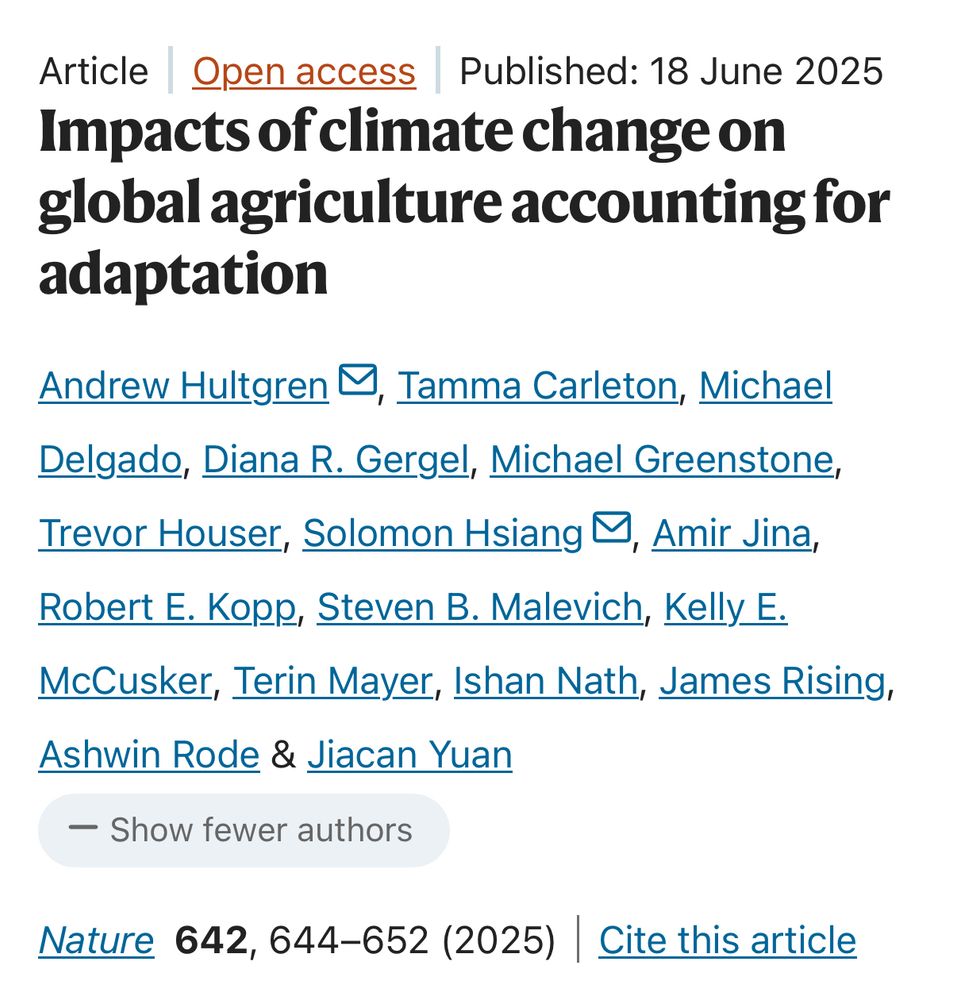

We asked how can protein complexes diversify without compromising their function and explored this question using the plant #exocyst complex.
www.nature.com/articles/s41...

We asked how can protein complexes diversify without compromising their function and explored this question using the plant #exocyst complex.
www.nature.com/articles/s41...
Highly relevant new paper by Sofie te Wierik et al. in Nature Food www.nature.com/articles/s43...
The paper shows: i) food systems are the single-largest pressure across Earth system processes, ii) all food system boundaries are transgressed

Highly relevant new paper by Sofie te Wierik et al. in Nature Food www.nature.com/articles/s43...
The paper shows: i) food systems are the single-largest pressure across Earth system processes, ii) all food system boundaries are transgressed
jobportal.uni-koeln.de/ausschreibun...
jobportal.uni-koeln.de/ausschreibun...

This work has been a major project of @tbadet.bsky.social during his time in our lab.
We hope to stimulate much more exciting work on fungal TEs.
journals.plos.org/plosbiology/...
This work has been a major project of @tbadet.bsky.social during his time in our lab.
We hope to stimulate much more exciting work on fungal TEs.
journals.plos.org/plosbiology/...




Great work led by @delfidorussen.bsky.social with @emilieknight.bsky.social @simmojsimmo.bsky.social

Great work led by @delfidorussen.bsky.social with @emilieknight.bsky.social @simmojsimmo.bsky.social
🌿🌿Our article on fern immunity has been peer-reviewed 🌿🌿
Thanks to @madeleinebaker.bsky.social @kellerjeanphd.bsky.social @maximebonhomme.bsky.social @pierremarcdelaux.bsky.social and @jacquet-chris.bsky.social
a quick thread 🧵 1/4

🌿🌿Our article on fern immunity has been peer-reviewed 🌿🌿
Thanks to @madeleinebaker.bsky.social @kellerjeanphd.bsky.social @maximebonhomme.bsky.social @pierremarcdelaux.bsky.social and @jacquet-chris.bsky.social
a quick thread 🧵 1/4



doi.org/10.1128/mbio...


Drought recovery in plants triggers a cell-state-specific immune activation.
doi.org/10.1038/s414...
Read thread below 👇

Drought recovery in plants triggers a cell-state-specific immune activation.
doi.org/10.1038/s414...
Read thread below 👇

I can think of a few people outside AI who also need to hear this...
garymarcus.substack.com/p/openais-wa...

I can think of a few people outside AI who also need to hear this...
garymarcus.substack.com/p/openais-wa...
🧵

🧵
Optical Microscopy Specialist
Come work alongside the plant and microbial scientists at JIC and help us explore the biological frontier at the tissue, cell and subcellular scale!
www.jic.ac.uk/vacancies/op...
Closing date - 11 August 2025
Contract - Full time, indefinite

Optical Microscopy Specialist
Come work alongside the plant and microbial scientists at JIC and help us explore the biological frontier at the tissue, cell and subcellular scale!


